The group has made research progress in the direction of aerosol-precipitation relationships:
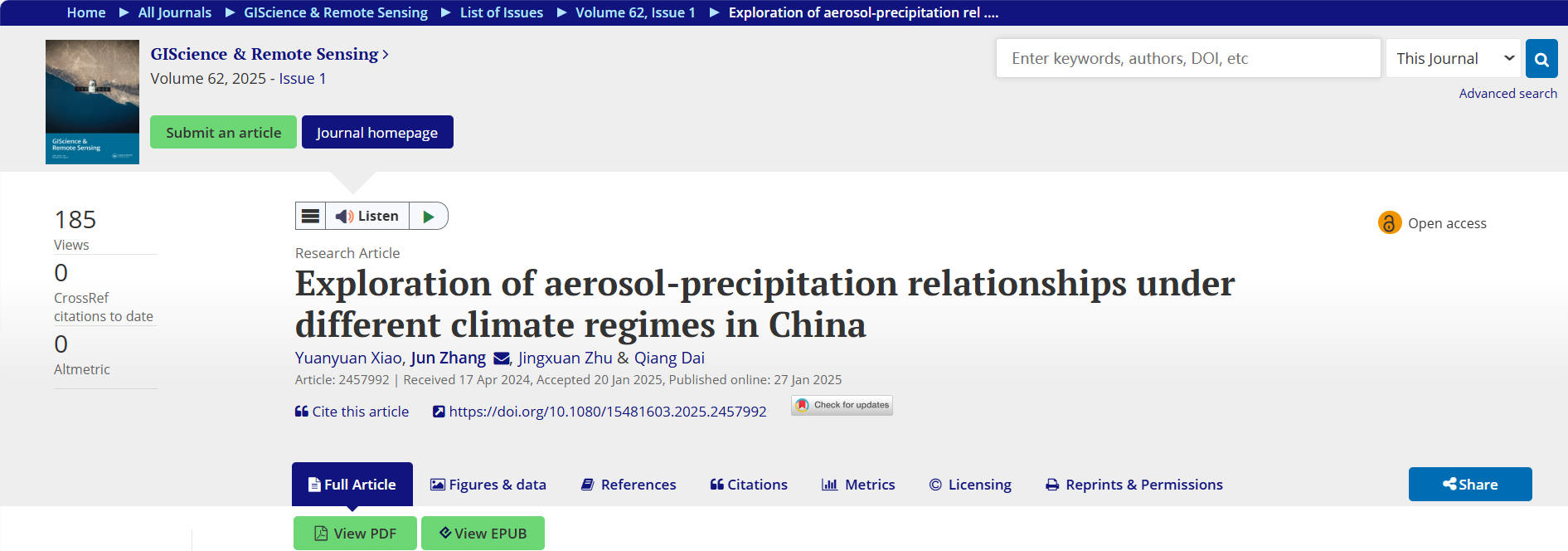
Aerosols play an important role in rainfall by influencing cloud and precipitation formation through aerosol-radiation interaction (ARI) and aerosol-cloud interaction (ACI). Moreover, aerosols as cloud condensation nuclei will participate in the formation process of precipitation, which in turn affects precipitation changes. For a long time, the effect of aerosols on regional precipitation has been mainly investigated, and there are differences in the conclusions obtained. Few studies have analyzed the interrelationship between aerosols and rainfall microphysics from a microphysical point of view, and it is difficult to get a unified conclusion because the climatic conditions and geographic environments of different regions also affect the aerosol-precipitation interrelationship. To address this issue, the team's doctoral student, Yuanyuan Xiao, published her research results entitled “Exploration of aerosol-precipitation relationships under different climate regimes in China” in GIScience & Remote Sensing in February 2025, which was published in the journal GIScience & Remote Sensing.
The team analyzed the effects of various aerosols on precipitation in different regions of China from the perspectives of rainfall volume and rainfall microphysics through remote sensing observations. In the macroscopic view of rainfall, in order to understand the effects of different aerosol concentrations on precipitation, the aerosols were categorized into two groups according to their concentrations, i.e., the “polluted group” and the “clean group”. The spatial distribution of the average rainfall corresponding to the two groups was calculated separately.
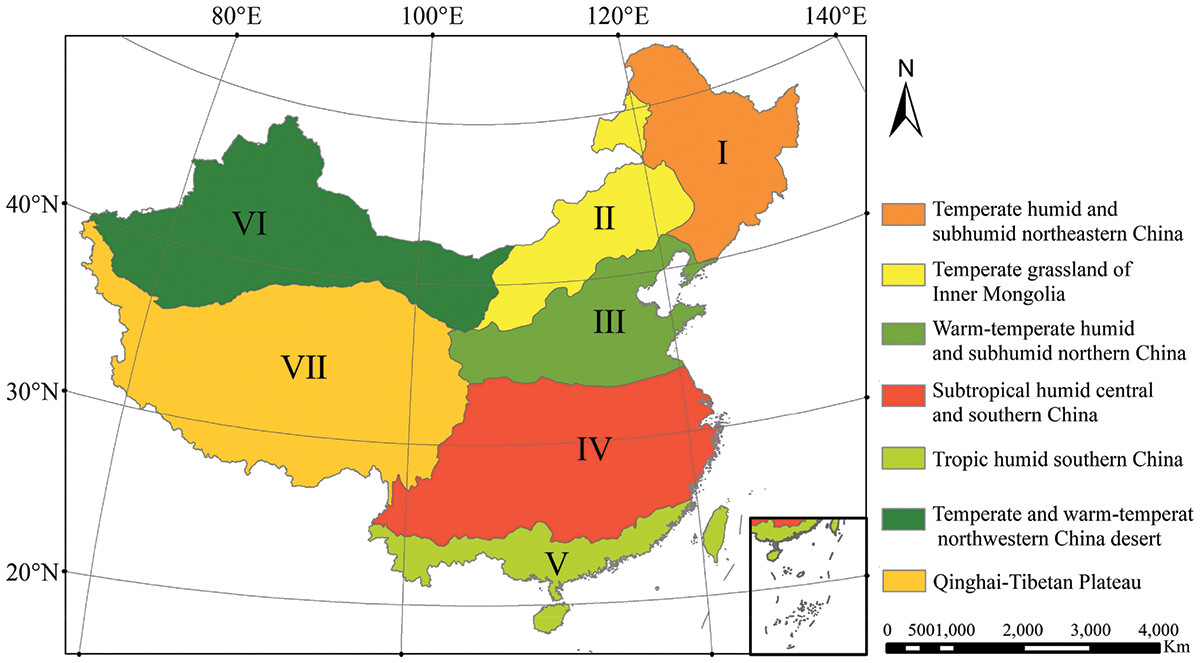
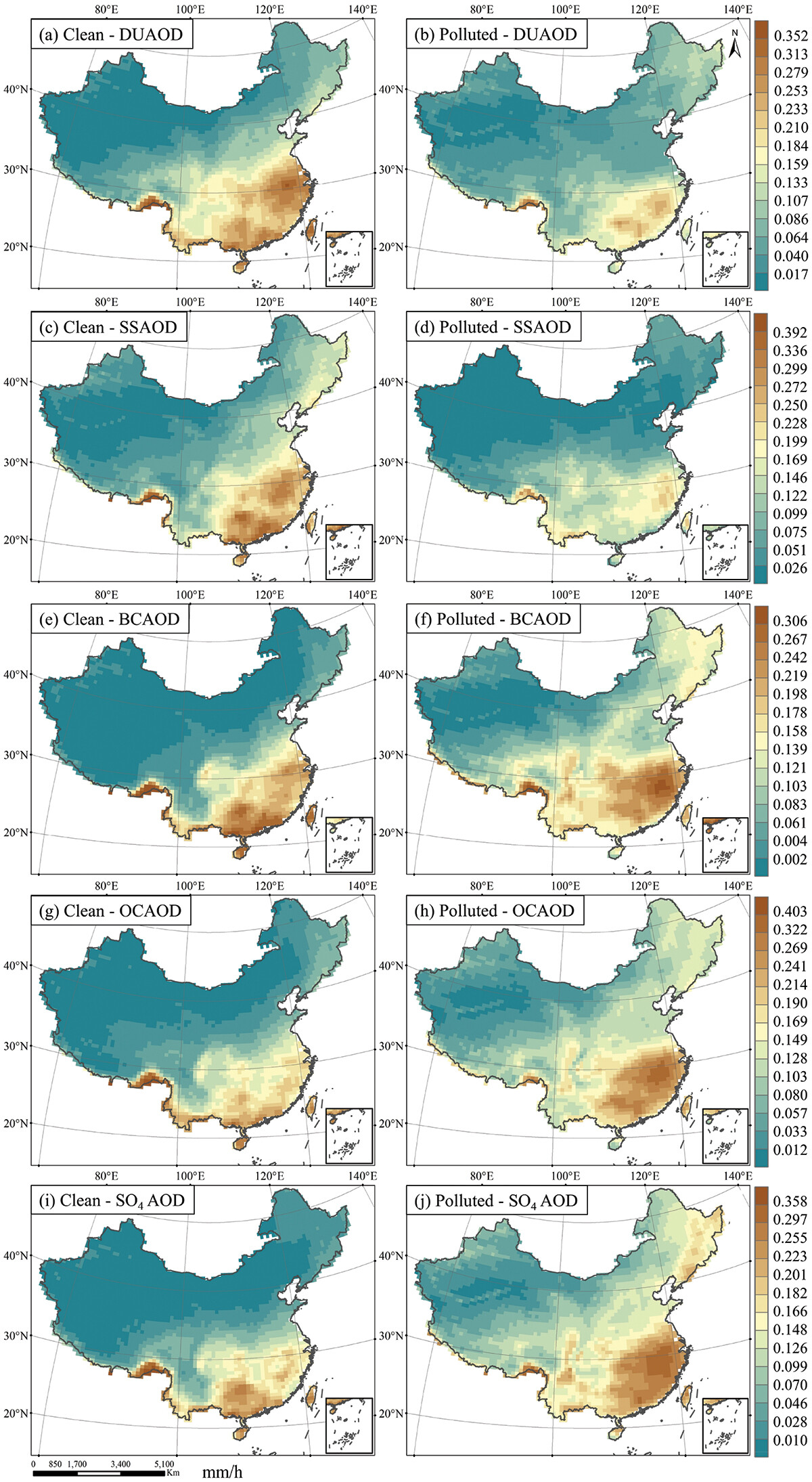
The results showed that the total mean rainfall corresponding to the two natural aerosol groups in the clean condition was significantly greater than the total mean rainfall in the polluted condition. While the total mean rainfall corresponding to the three anthropogenic aerosols in the polluted group was significantly greater than the total mean rainfall in the clean condition, and we also found that the three anthropogenic aerosols had a lesser impact on the areas with low rainfall and a greater impact on the areas with high rainfall, with a more significant contributing effect.
In addition, the average droplet diameter (Dm) and the average droplet concentration (Nw) for the “polluted group” and the “clean group” were calculated by the same method in the microphysical view of rainfall. In order to avoid seasonal differences in rainfall, we further obtained the results for the summer and winter groups separately. The results show that the mean droplet diameter (Dm) is larger and the mean droplet concentration (Nw) is smaller under polluted conditions in both summer and winter.
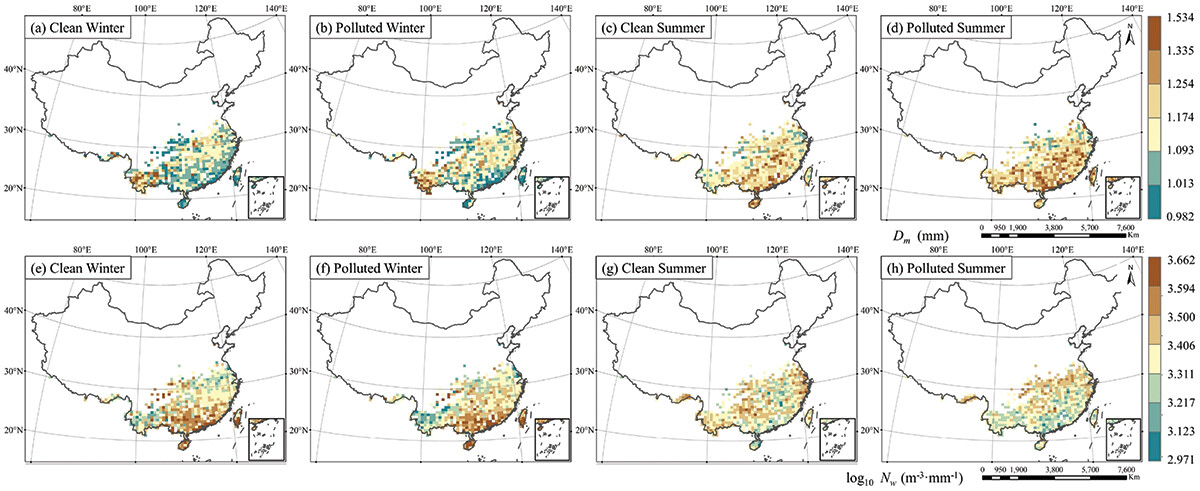
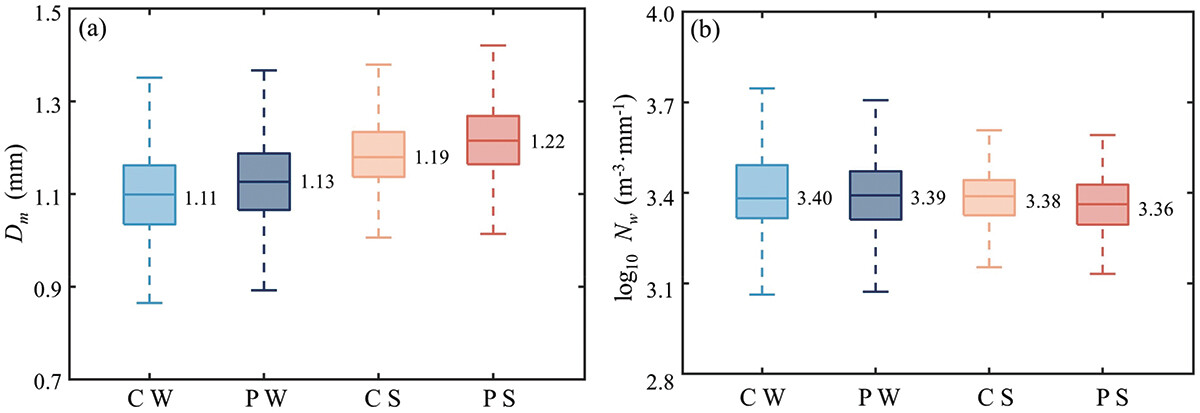
This study examines the relationship between aerosols and precipitation at a large scale of rainfall amount as well as rainfall microphysics, and hopefully provides valuable insights for a more comprehensive understanding. In the future, we may incorporate factors such as topography and meteorological factors to further explore the interrelationships between aerosol-rainfall and aerosol-rainfall microphysics.
First author: Dr Yuanyuan Xiao
Corresponding author: Associate Professor Jun Zhang
Other authors: Dr Jingxuan Zhu, Professor Qiang Dai
Link to the paper: https://doi.org/10.1080/15481603.2025.2457992